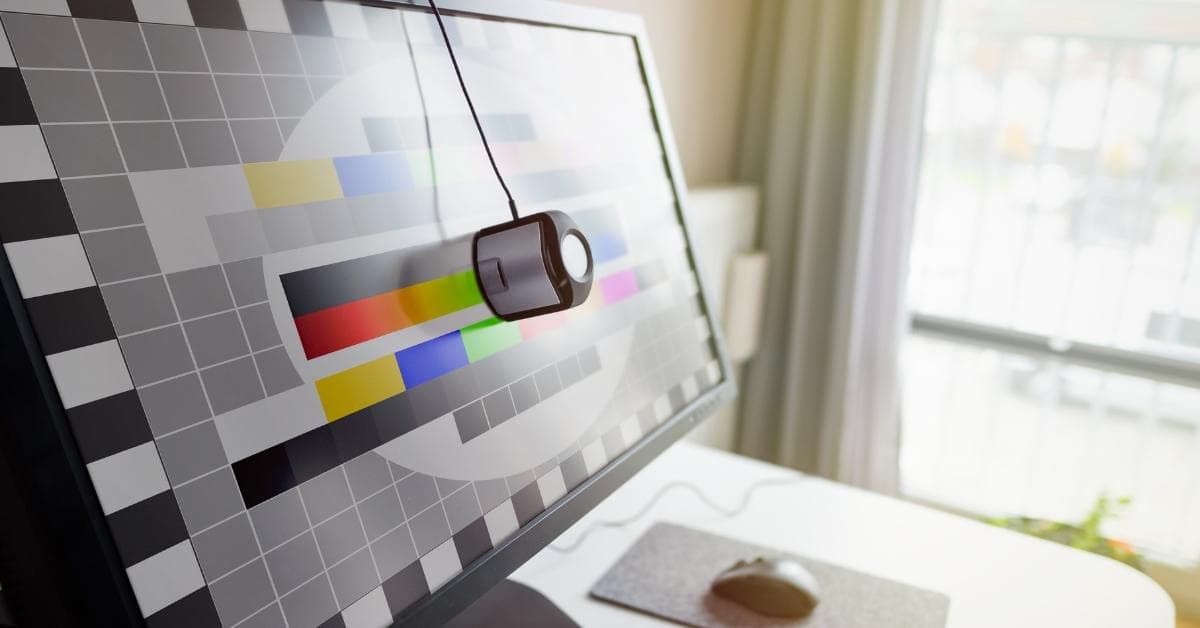When it comes to visual media, color correction plays a pivotal role in creating eye-catching and appealing content. Whether you’re a professional photographer, video editor, or simply someone interested in the world of color, understanding the concept of color correction is essential. In this article, we will delve into the definition of color correction, its techniques, and answer some common questions surrounding this fascinating subject.
What is Color Correction?
Color correction is a photo editing and video editing process used in photography, videography, and graphic design to adjust and enhance the colors in an image or video. It is a crucial step in ensuring that the final output accurately represents the intended colors, maintains visual consistency, and eliminates any unwanted color shifts or imperfections.
Techniques of Color Correction
Color correction involves various techniques and tools to achieve the desired results:
- White Balance Adjustment: This technique corrects any color cast caused by different lighting conditions. It ensures that whites appear truly white in the final image or video.
- Exposure Correction: Adjusting the exposure can help in balancing the brightness and contrast of the image. This can be useful for correcting overexposed or underexposed areas.
- Color Grading: Color grading involves fine-tuning the color palette to create a specific mood or atmosphere. This can include altering the overall color balance or emphasizing certain colors.
- Saturation and Vibrancy: These adjustments control the intensity of colors. Increasing saturation can make colors more vibrant, while decreasing it can create a muted, subtle effect.
- Selective Color Correction: This technique allows you to target and adjust specific colors within an image while leaving the rest untouched. It’s handy for emphasizing certain elements or correcting specific color issues.
- Skin Tone Enhancement: Often used in portrait photography or video, this technique helps ensure that skin tones appear natural and flattering.
- Shadow and Highlight Adjustments: Balancing shadows and highlights can improve the overall tonal range and create a more appealing visual balance.
FAQs
Why is color correction important?
Color correction is vital because it ensures that the colors in your images or videos accurately represent the intended visual experience. It helps maintain visual consistency and can be used creatively to evoke specific emotions.
Can’t I get the colors right when I capture the image or record the video?
While capturing images or recording video with the correct colors is ideal, real-world conditions often result in unexpected color shifts. Color correction allows you to rectify these issues during post-production.
What software is commonly used for color correction?
Popular software options for color correction include Adobe Photoshop and Lightroom for images, and Adobe Premiere Pro, DaVinci Resolve, and Final Cut Pro for videos.
Is color correction the same as color grading?
Color correction and color grading are related but distinct processes. Color correction aims to correct and balance colors for accuracy, while color grading focuses on creative enhancement and mood setting.
How do I learn color correction techniques?
You can learn color correction through online tutorials, courses, or by experimenting with the tools in software like Adobe Photoshop or video editing software.
What are common mistakes in color correction?
Common mistakes include over-saturation, unrealistic skin tones, and excessive contrast adjustments. It’s essential to practice and seek feedback to improve your color correction skills.
Conclusion
In conclusion, color correction is a fundamental aspect of creating visually appealing content in various fields. It allows you to correct and enhance colors, ensuring that your images and videos accurately represent the intended visual experience. By mastering the techniques of color correction, you can elevate your creative projects to a new level of visual excellence.
This page was last edited on 22 February 2024, at 10:50 am
